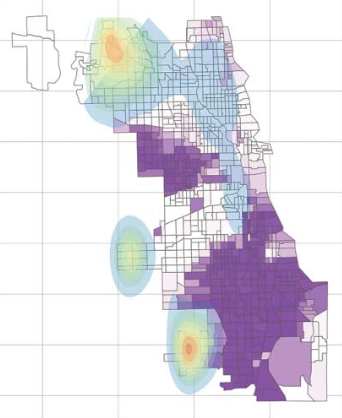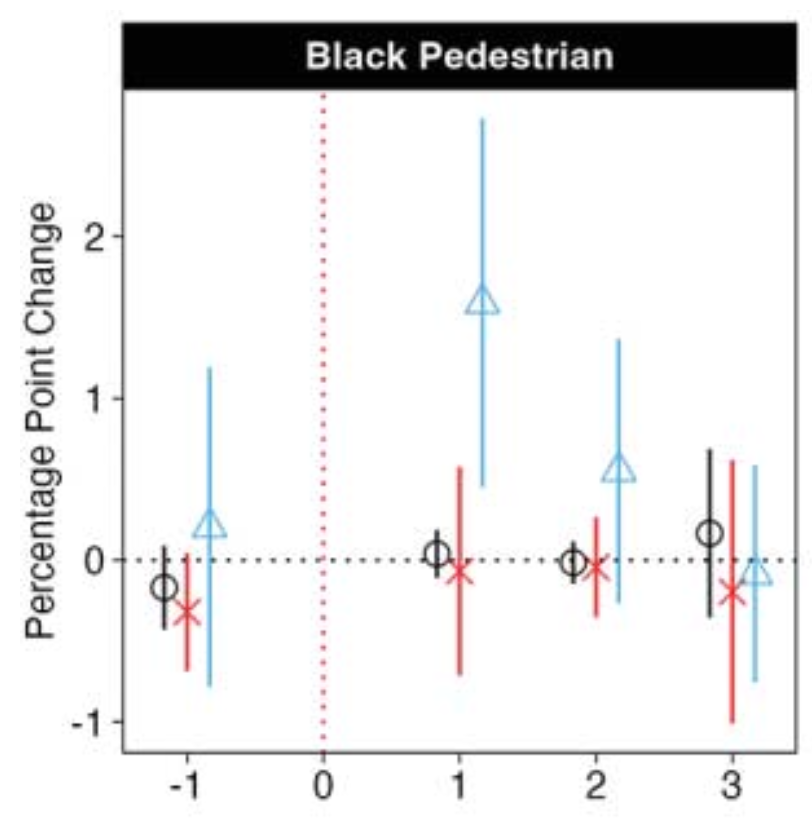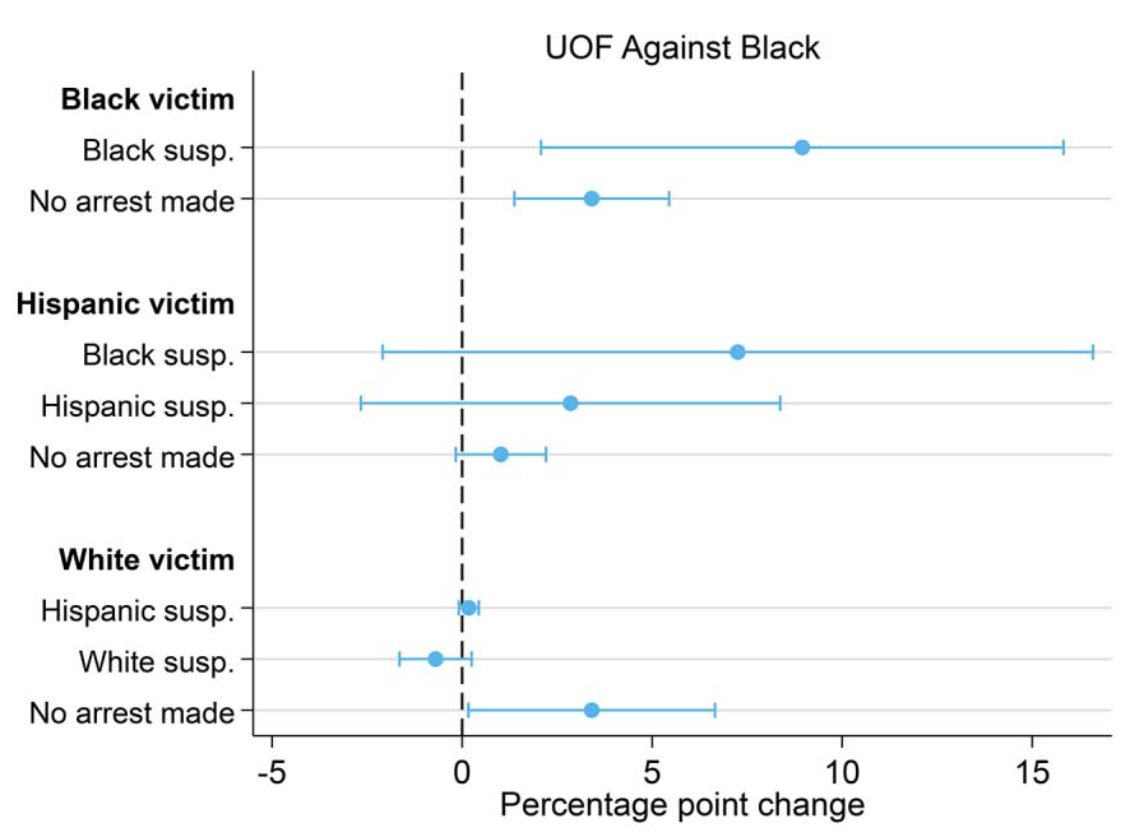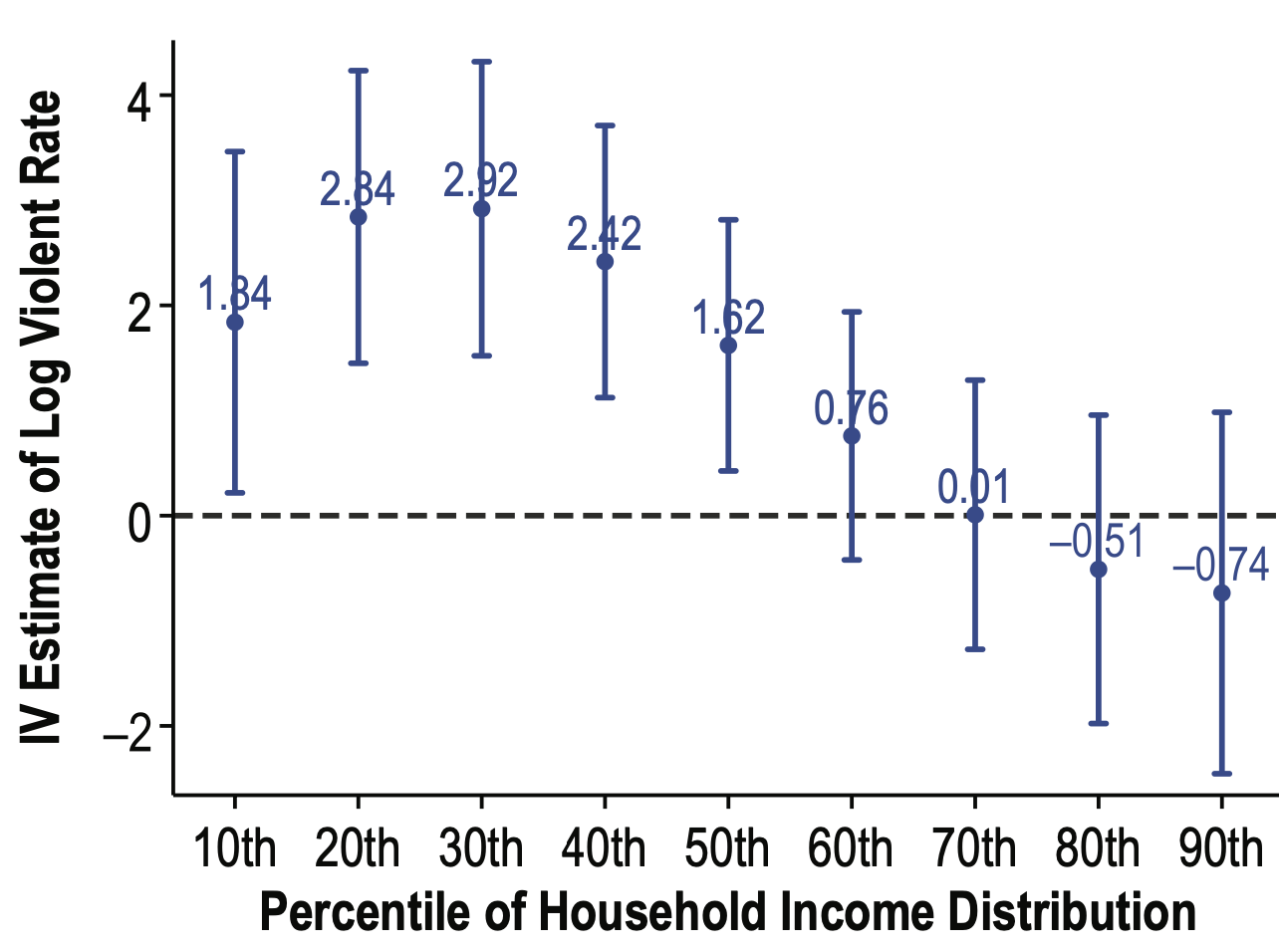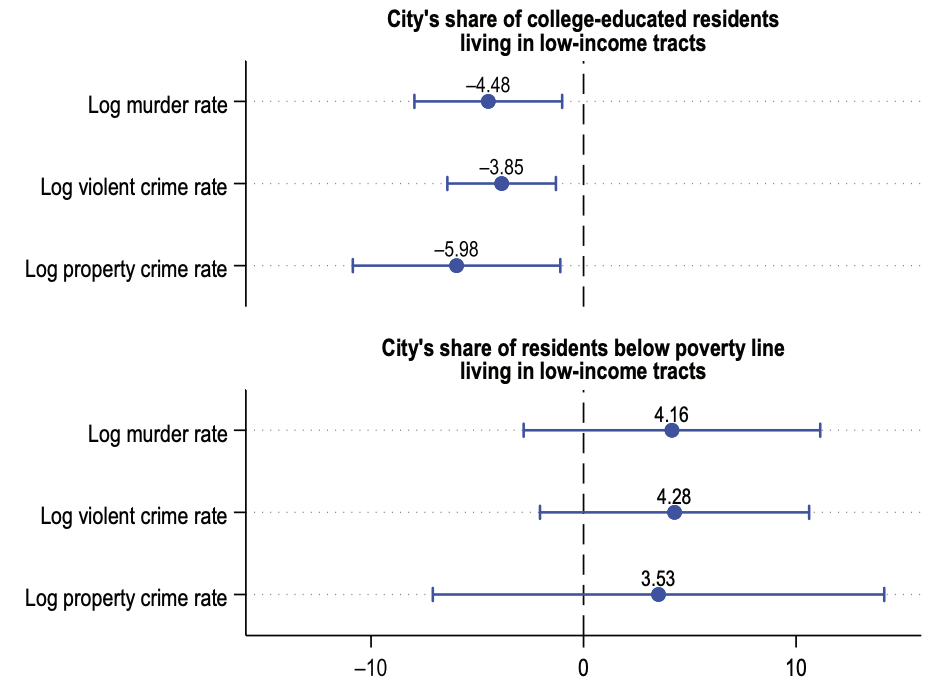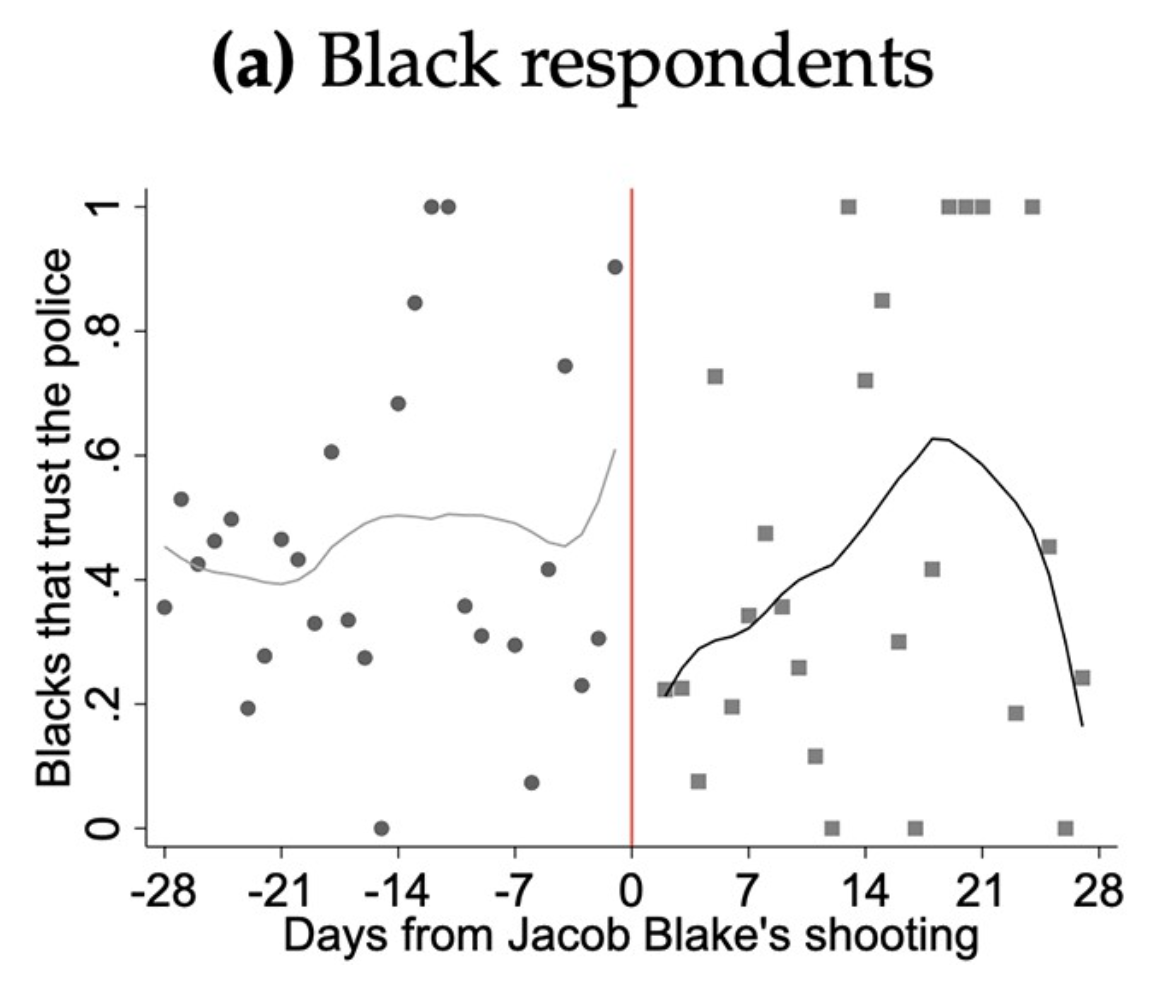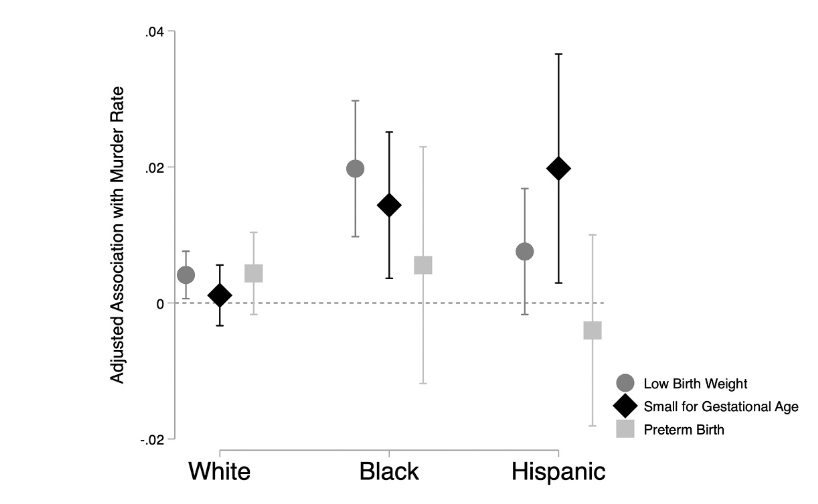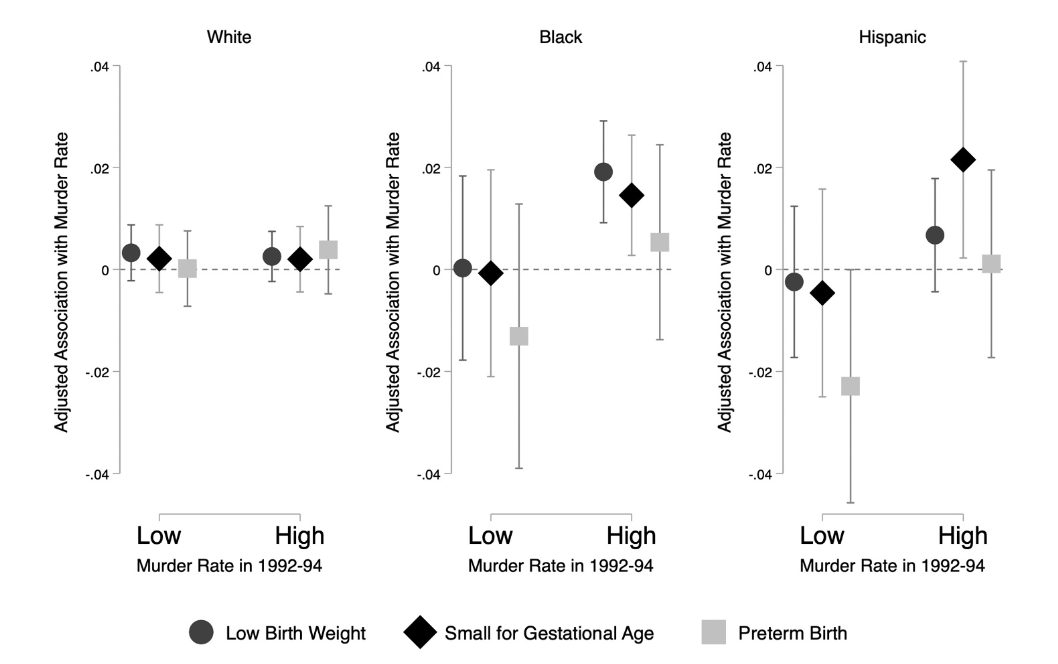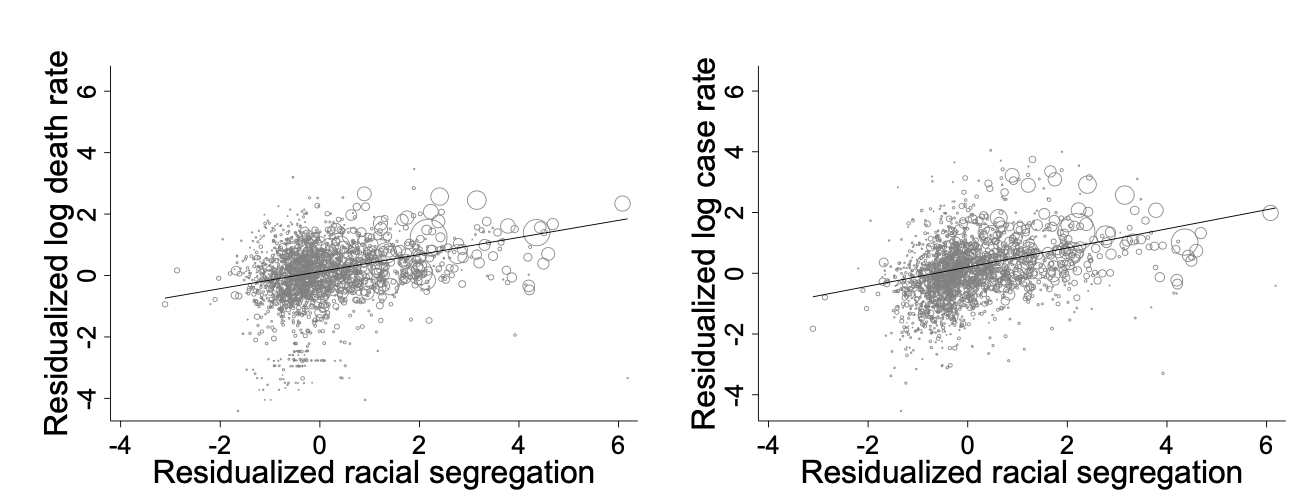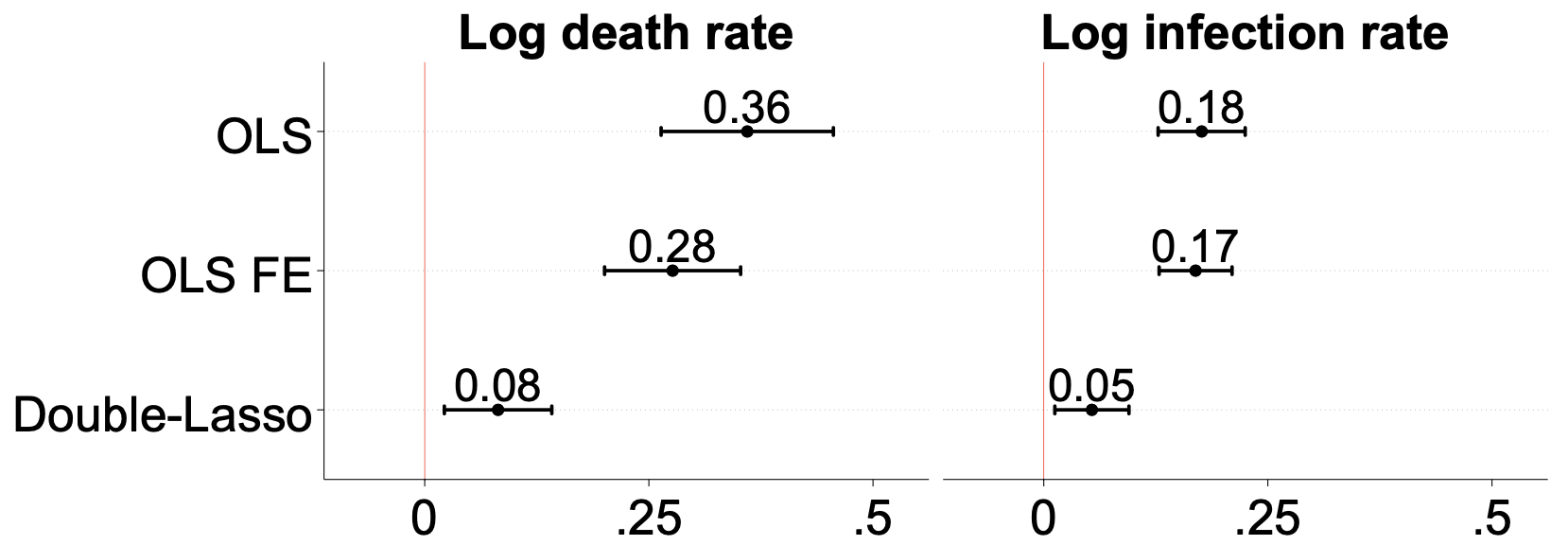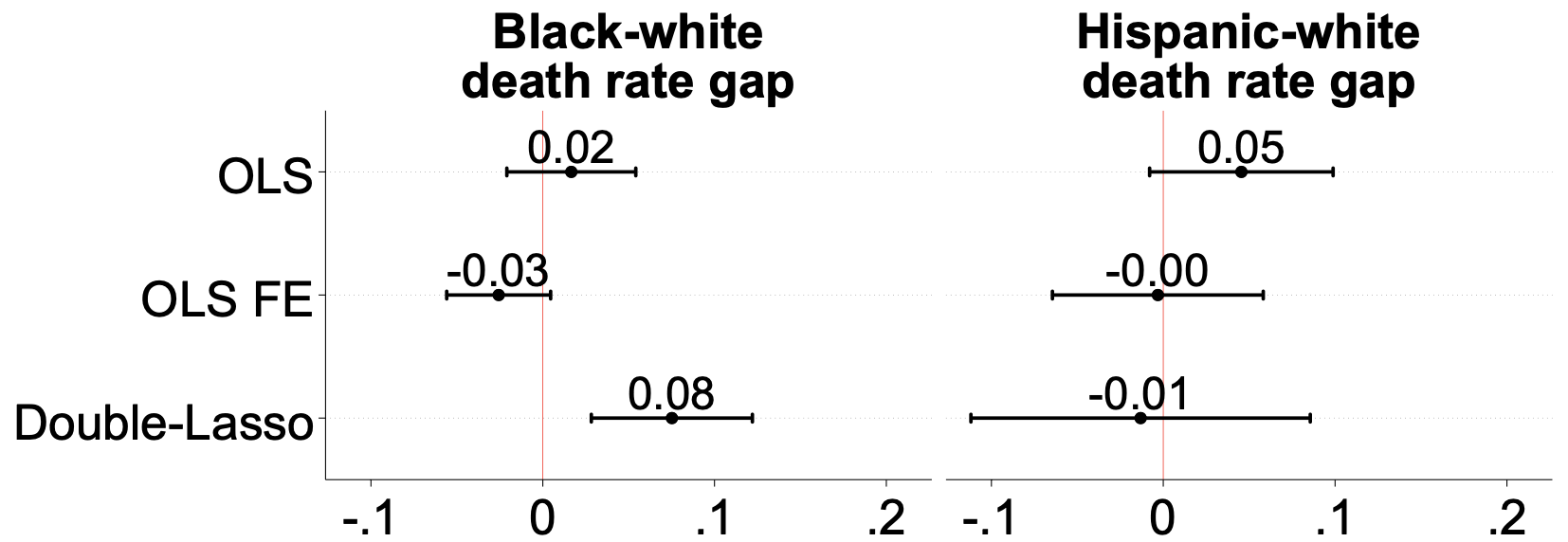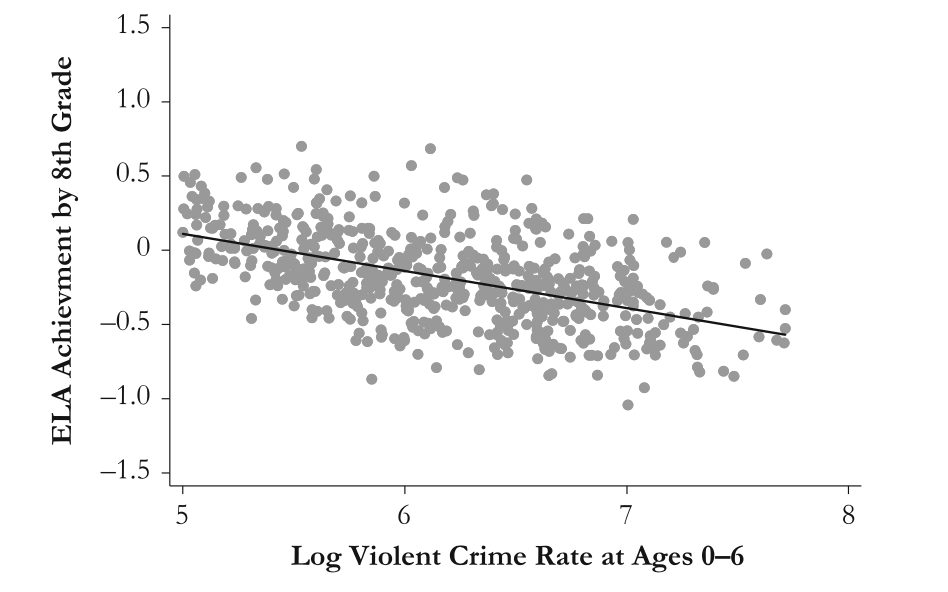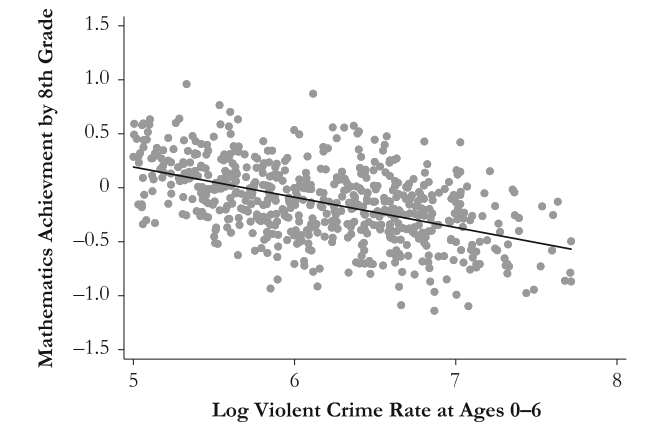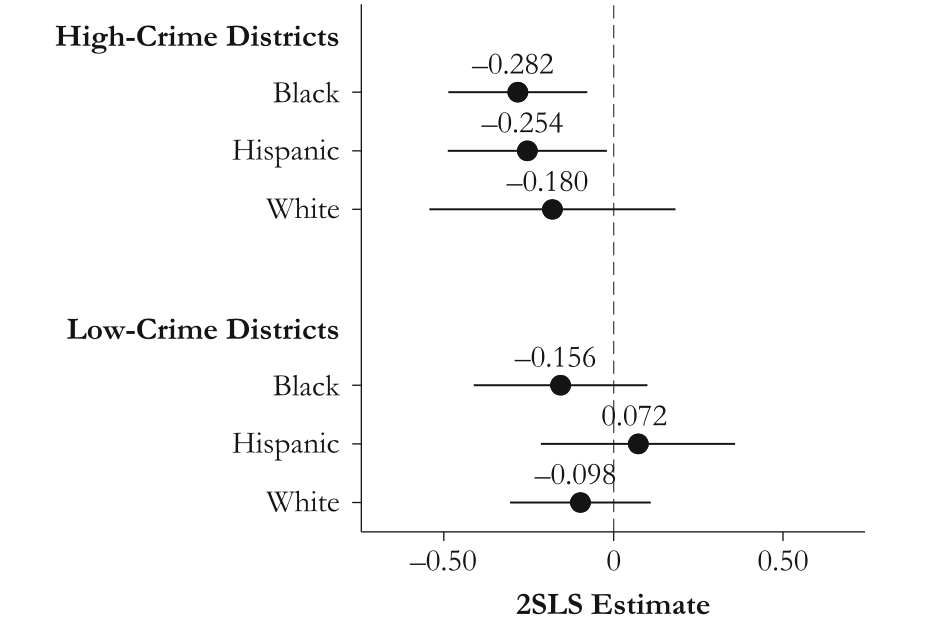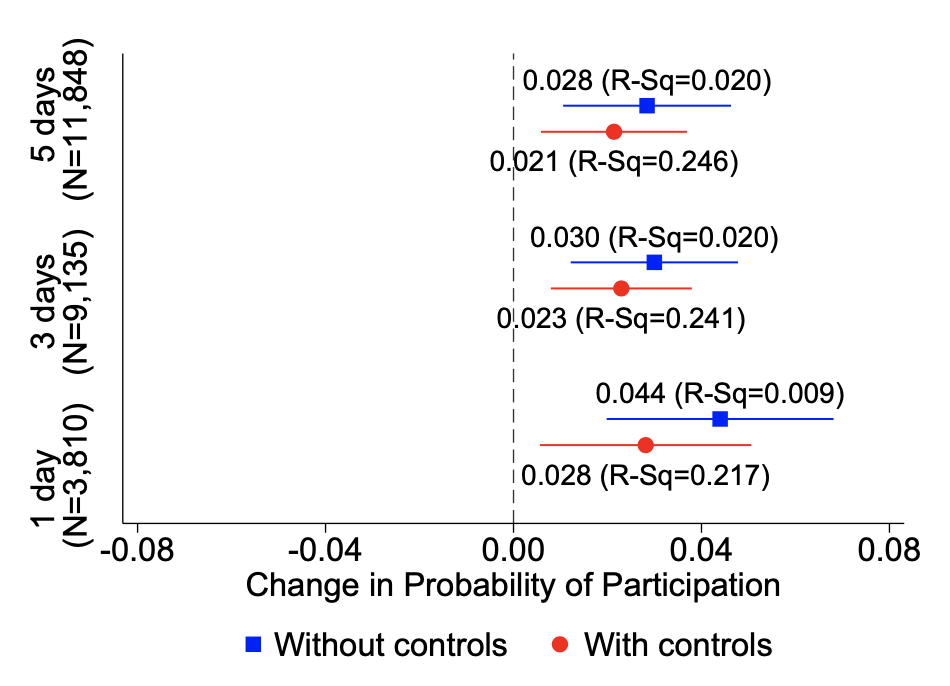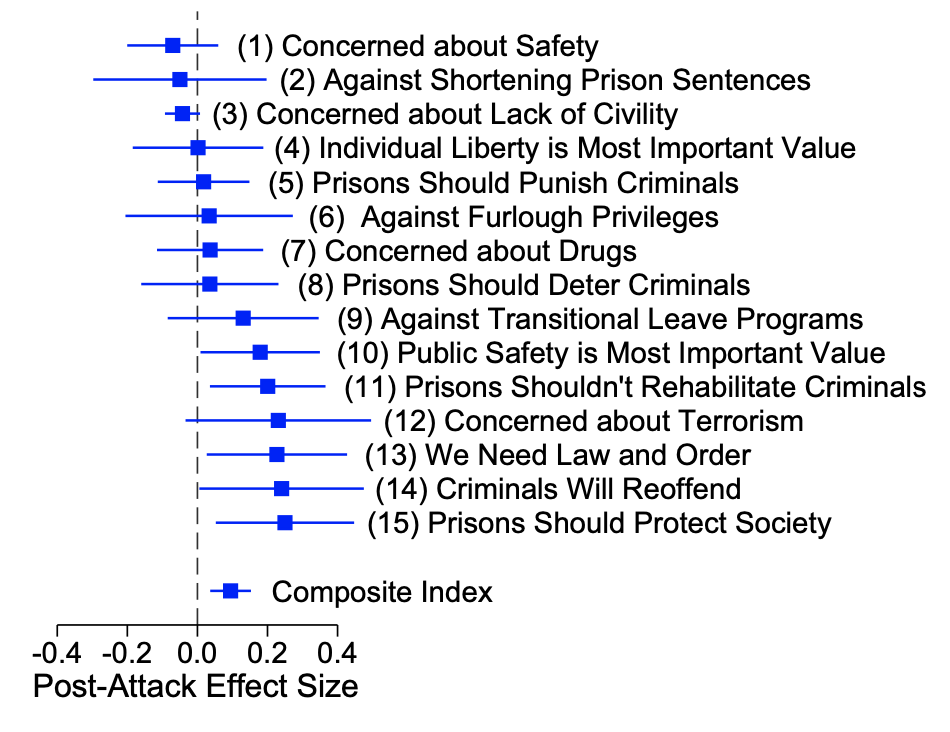I am an Assistant Professor in Sociology at Columbia University and a member of the Data Science Institute. I use causal inference and machine learning methods to study urban inequality, violence, and racial disparities in policing. My work has been published in the American Journal of Sociology, the American Sociological Review, Demography, the Journal of Urban Economics, PLOS One, and the Proceedings of the National Academy of Sciences, among other peer-reviewed journals. My research has been funded by the Russell Sage Foundation and the Centers for Disease Control and Prevention. Findings from my research have been featured in The New York Times, The Washington Post, and Bloomberg. I received my PhD in Sociology from New York University in 2019, a Master’s in Public Policy from the Harvard Kennedy School of Government in 2014, and a BS in Engineering from the Polytechnic University of Catalonia in 2004. Before graduate school, I was a firefighter at Barcelona Fire Department from 2007 to 2011. In my free time, I enjoy running, cycling, and hiking.



